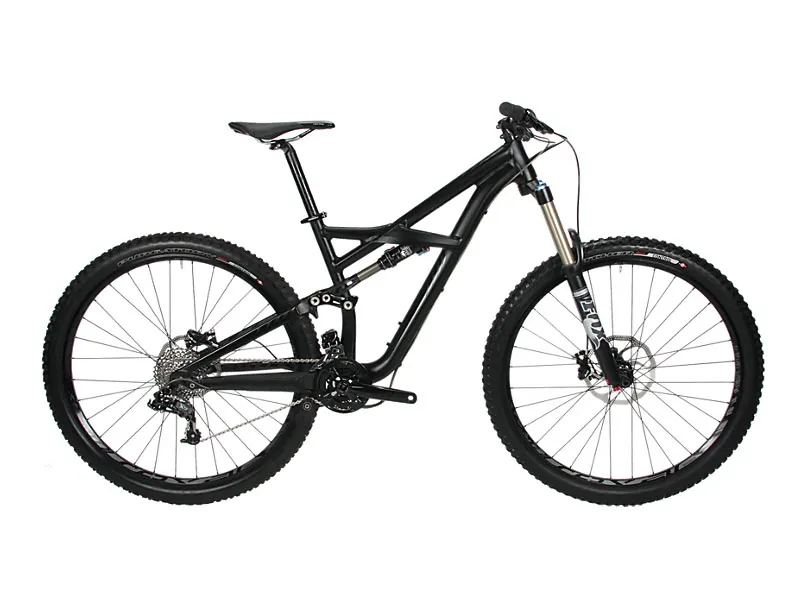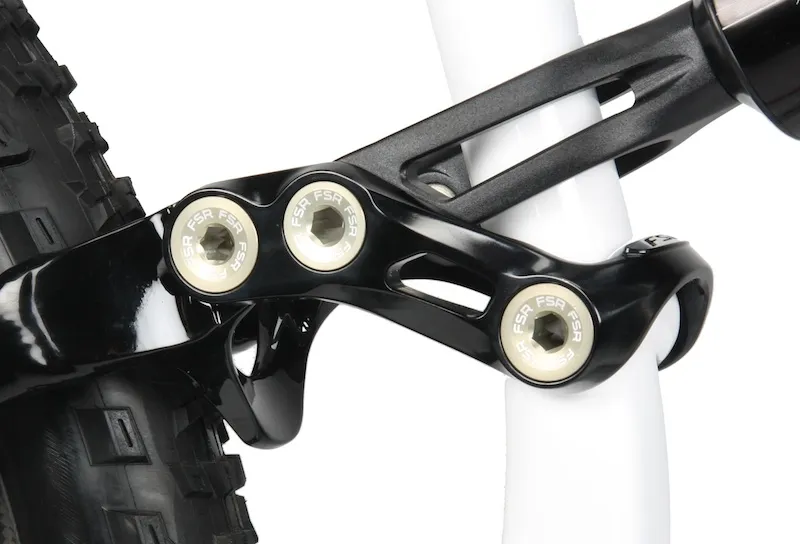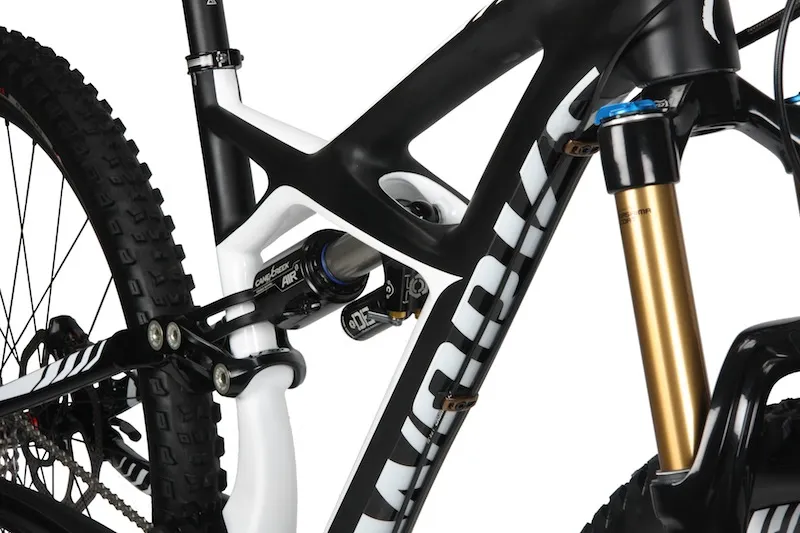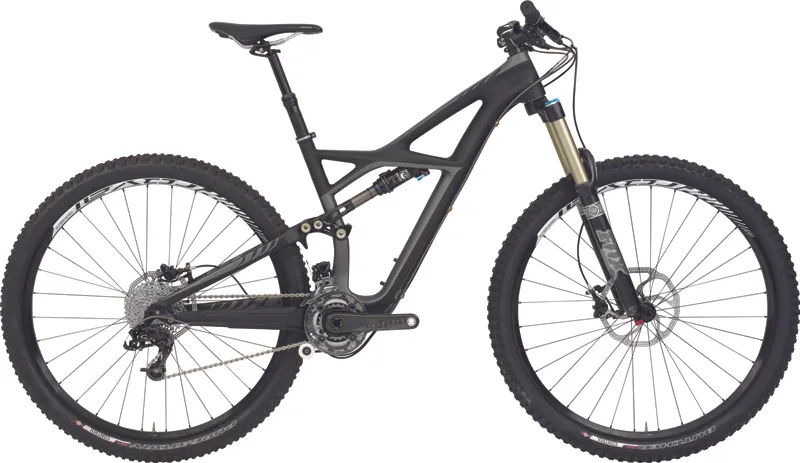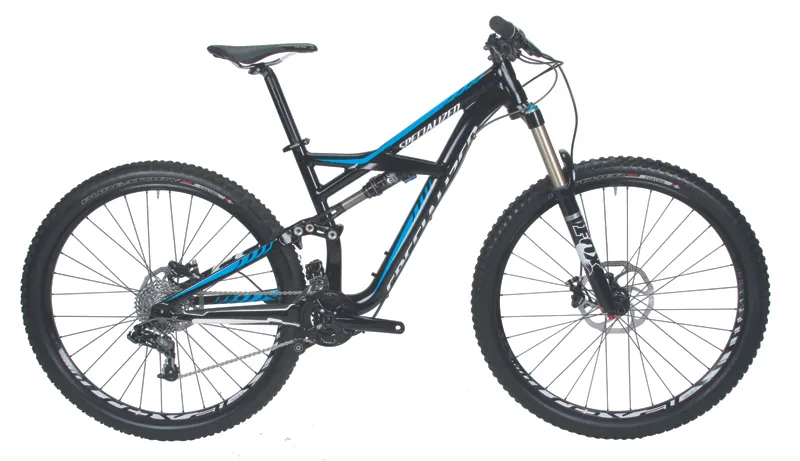Since last fall rumors and a handful of spy shots circulating around the Internet hinted that Specialized was developing a 29-inch version of the Enduro. The rumors have proven to be fact. Specialized's popular all-mountain bike will soon be offered in three 29in version for the US market.
Specialized has been refining the Enduro since the model was introduced in 1999. Suspension travel has steadily increased over the years, but the wheel size remained the same, until now. The Enduro 29 has 155mm of rear wheel travel, just 10mm less than its 26in sibling. Specialized is not the first company to create a 29er with this much travel, but given the bike's geometry the Enduro 29 looks to be in a class by itself.
It was no small feat to create a 29er full suspension with 155mm of rear wheel travel and chainstays that measure in at just 430mm. For comparison, that's only 11mm longer than the 26in Enduro and 18mm shorter than the company's 29in race bike, the Epic.
While Specialized proved it could create an all-mountain 29er with a reasonable wheelbase, it begs the question: wouldn't it have been easier to build a 650b Enduro?
Go big or go home
The answer, of course, is yes. It would have been relatively easy for Specialized to squeeze 650b wheels into the Enduro. But, according to Specialized, the benefits of 650b are not as great as those of 29-inch wheels. “If you can make a great handling bike out of a 29er, why not do it?” said Specialized’s mountain bike product manager Brad Benedict.
Creating a 29er worthy of the Enduro name took a great deal of engineering. The first obstacle to designing a 29er with short chain stays is the placement of the front derailleur; the tire and front derailleur want to occupy the same space. Traditional high-, low- and direct-mount front derailleurs can contact the tire if the rear end is too short. Specialized worked with SRAM to develop a new front derailleur, dubbed ‘mid-mount’, as well as a special mounting plate, called the ‘Taco Blade.’ Mounting the front derailleur to this plate, rather than to the seat tube, gave engineers the freedom to position the seat tube so that the rear tire would not contact it under full compression. The Enduro 29’s seat tube curves forward to provide swingarm clearance, but that on its own wasn’t enough; the seat stay brace is U-shapped to eek out every last millimeter of travel from the rear end.
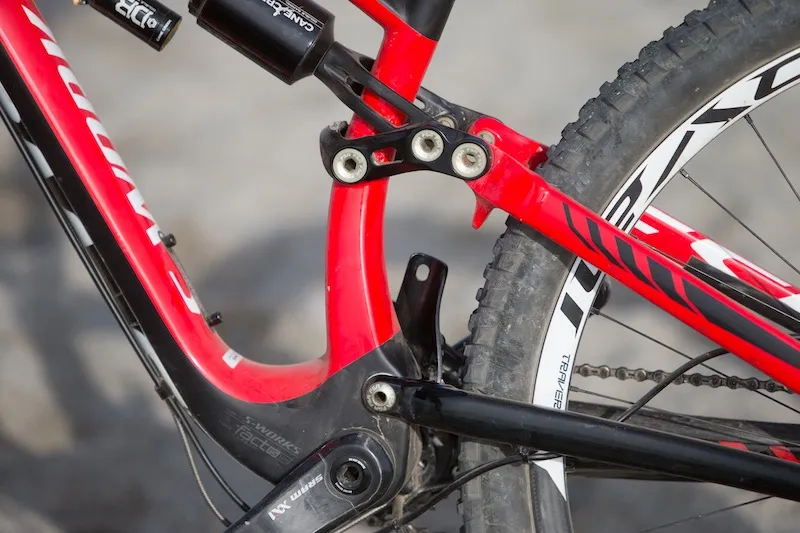
The Taco Plate, curved seat tube and curved seat stay brace allowed Specialized to maximize the Enduro 29's travel
This project was a learning experience for Specialized, one that may trickle down to the rest of the company’s big-wheel line. “We learned some key lessons that will influence future design. If we can make things shorter, tighter, stiffer and better we’ll do it,” Benedict said.
Specialized will be offering the Enduro 29 in three builds: S-Works, Expert and Comp. The S-Works and Expert models will have carbon front triangles with aluminum rear ends, while the comp model will be constructed entirely of aluminum. Specialized expect all three models to be available to US consumers in March/April. We look forward to getting one in for test in the near future.
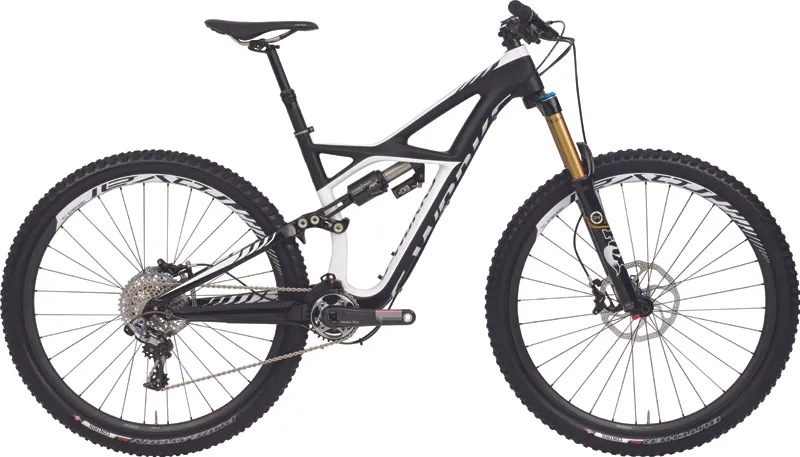
The S-Works Enduro 29 does away with the front derailleur entirely, as it comes spec’d with SRAM's XX1 drivetrain.
